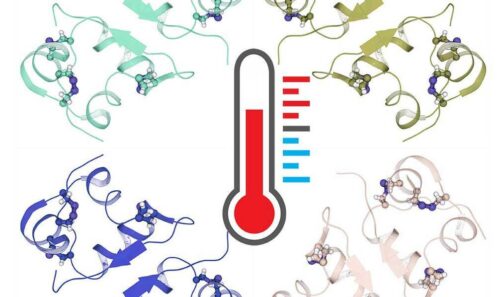Fullerenol, a functional and water-soluble fullerene derivative, plays an important role in antioxidant, antitumor and antivirus, implying its enormous potential in biomedical applications. However, the in vivo performance of fullerenol remains largely unclear. We aimed to investigate the effect of fullerenol (i.p., 5 mg/kg) on the impaired hippocampus in a rat model of lead exposure. Matrix-assisted laser desorption/ionization time-of-flight mass spectrometry (MALDI-TOF-MS) is a kind of newly developed soft-ionization mass spectrometry technology. In the present study, an innovative strategy for biological distribution analysis using MALDI-TOF-MS confirmed that fullerenol could across the blood-brain barrier and accumulate in the brain. Results from behavioral tests showed that a low dose of fullerenol could improve the impaired learning and memory induced by lead. Furthermore, electrophysiology examinations indicated that this potential repair effect of fullerenol was mainly due to the long-term changes in hippocampal synaptic plasticity, with enhancement lasting for more than 2-3 h. In addition, morphological observations and biochemistry analyses manifested that the long-term change in synaptic efficacy was accompanied by some structural alteration in synaptic connection. Our study demonstrates the therapeutic feature of fullerenol will be beneficial to the discovery and development as a new drug and lays a solid foundation for further biomedical applications of nanomedicines.
Related researches 71 articles
























![Inhalable gadofullerenol/[70] fullerenol as high-efficiency ROS scavengers for pulmonary fibrosis therapy](https://biofullerene.com/wp-content/uploads/2022/12/istockphoto-12925559-440x356.jpg)
























![Palladium-Catalyzed Reaction of [60]Fullerene with Aroyl Compounds via Enolate-Mediated sp 2 C-H Bond Activation and Hydroxylation](https://biofullerene.com/wp-content/uploads/2022/12/2978543-356x356.png)











